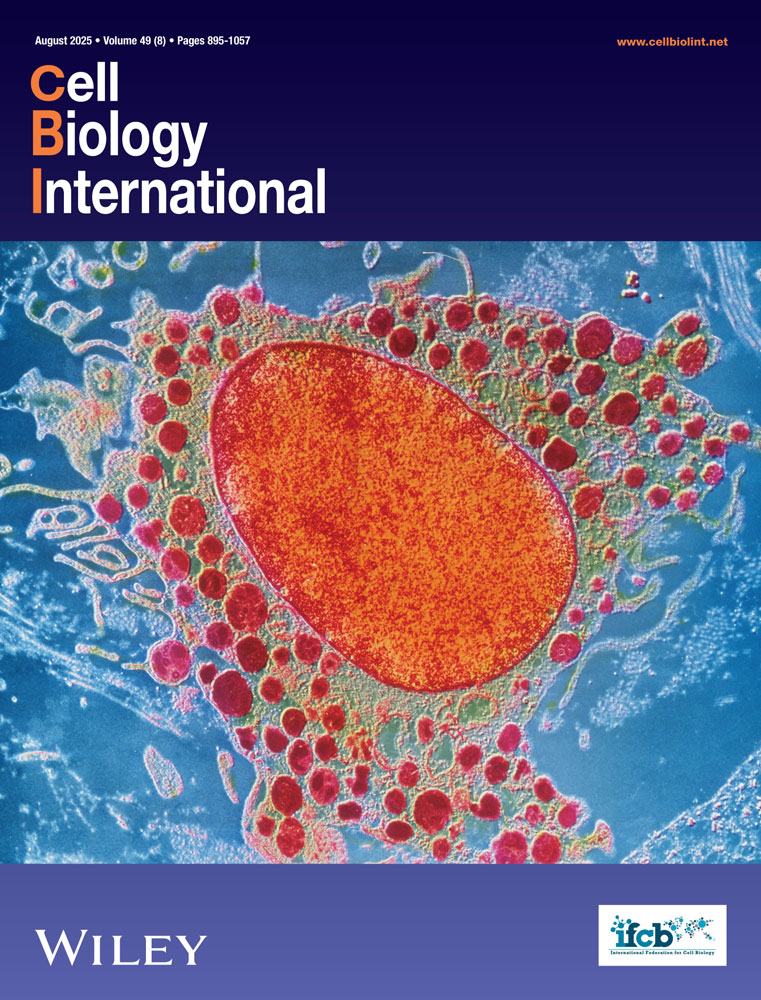Structural organization of the intact bacterial cellulosome as revealed by electron microscopy
Abstract
The architecture of the intact cellulosome of Clostridium thermocellum, a huge extracellular multi-polypetide bacterial enzyme complex engaged in degradation of cellulose, was investigated by electron microscopy. This was done because former electron microscopic studies aimed at elucidation of the structure of polycellulosomes and cellulosomes were restricted by the fact that data on macromolecular details could only be derived from deformed or disrupted enzyme complexes, or by application of cryo preparation and imaging techniques yielding insufficient resolution. The shape of well-preserved cellulosomes was more or less spherical, often similar to that of an olive fruit with a cavity. Therein, multiple fibrillar structures could be visualized, interpreted to be the proximal stretches of copies of the fibrillar protein Cip A (‘scaffoldin’), the nonenzymatic scaffolding protein known to function as attachment site for the enzymatic subunits, as well as fibrillar parts of anchoring proteins. The enzymatic subunits were depicted to be attached, in a repetitive fashion, to the distal stretches of the Cip A proteins. The enzymatic subunits were seen, in the intact cellulosome, to form a shell-like complex substructure surrounding the cavity. Obviously, this kind of architecture makes sure that the catalytic domains of the enzymatic subunits are exposed to the environment, and, hence, to the substrate, the cellulose fibrils. Attempts were made to demonstrate the alternating occurrence of coiled domains and fibrillar stretches along the elongated protein Cip A previously characterized by sequencing, X-ray, and NMR studies. To this end, Cip A molecules, with adhering enzymatic subunits, were partially removed from their native location within the cellulosome, “stretched” by hydromechanical forces directly on the electron microscopic support film, negatively stained, and depicted by electron microscopy. The alternating occurrence of presumed coiled domains and fibrillar stretches along Cip A could be visualized, together with detached enzymatic subunits found on the support film.




